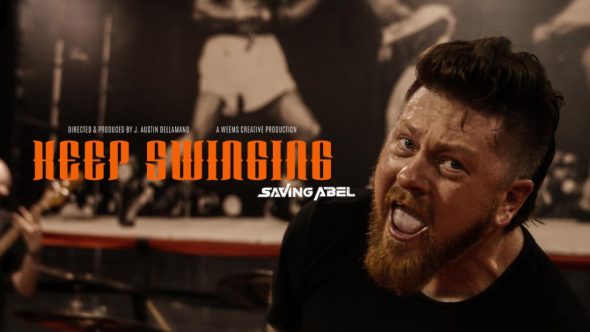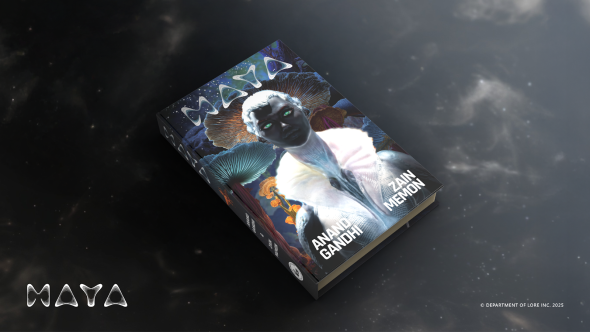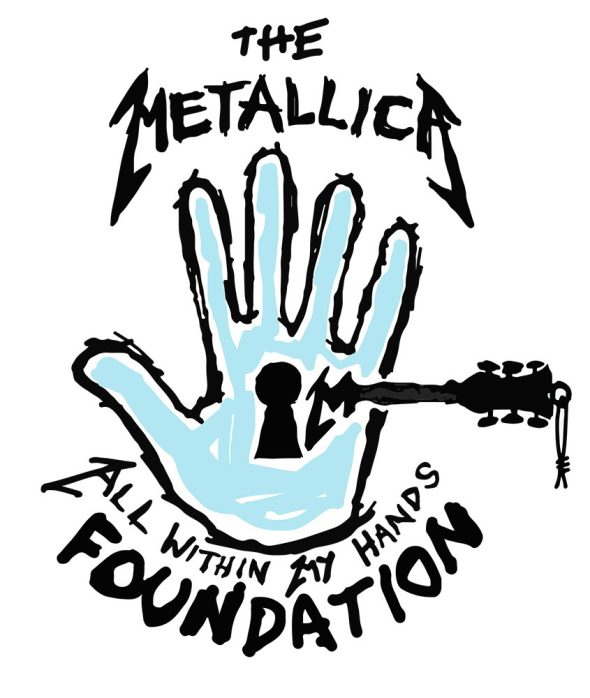by following the 10,000 hour principle using YouTube
by Steve Kayser
There is nothing better than playing music live, doing it well and seeing the crowd respond — besides, of course, doing that and also getting paid for it. But the getting paid part depends on your ability to move the soul or move the shoes on the dance floor or venue.
If you perform covers, you need them to sound very close to the way the original band played the song. That takes proficiency on whatever instrument it is you play.
Put in the hours
 Ever heard of the 10,000-hour principle? It was popularized in Malcolm Gladwell’s bestselling book “The Outliers.” It states that it takes approximately 10,000 hours of practice to be an expert at anything. Technology creation, sports, writing, music … anything. That’s work.
Ever heard of the 10,000-hour principle? It was popularized in Malcolm Gladwell’s bestselling book “The Outliers.” It states that it takes approximately 10,000 hours of practice to be an expert at anything. Technology creation, sports, writing, music … anything. That’s work.
You need to not only “do the work” but put in the hours “doing the work.” There is a lot of wisdom in the old adage that “practice makes perfect.” And any musician knows it’s inherently true — musical savants excluded.
What musician, after putting in the hard work and long hours, hasn’t at one time marveled when her or she crosses a point where it’s not even necessary to think to play. When you reach this level of skill, you just play, and the music comes. It’s magical.
Learning riffs and solos
Most musicians spend many hours practicing riffs and solos and, if you’re like me, once you become proficient at reading music, you buy sheet music for the latest greatest song. Then you find out that the solos usually aren’t transcribed note-for-note … sometimes not even close.
This is infernally frustrating if you’re not one of those natural musicians who can hear and sound out the notes. So how do you get around that?
The YouTube advantage
When I was younger, I don’t know how many hours I spent trying to figure out the piano solo in “Riders on the Storm” by the Doors. Probably 10,000. I couldn’t do it. So I finally bought the complete Doors songbook and, naturally, it left out the “Riders on the Storm” solo. I used duct tape to keep my head from splitting apart.
But that was then. Before YouTube.
The other day I did a search on YouTube for the “Riders on the Storm” solo and much to my complete surprise, I found a video example of it being played live, note-for note with a clear view of the key fingering. There was a bit of a miff at the start, but after that he nailed it.
Then I found a “Riders in the Storm” note-for-note transcription from another musician David Saints Gome, also on YouTube. I had searched long and hard for years for the sheet music before I found this on YouTube.
Music gold, true gold
I happened to look at the related video searches for “Riders in the Storm” and soon ran across the Doors keyboardist, Ray Manzarek, explaining the origins and story of the song. Then he demonstrated it — also live — on a Fender Rhodes 88. It’s a great story.
That was when I became sold on YouTube as a great source for musicians. The ability to track down live recordings, watch them being played and find out the story behind the songs is a wonderful resource. It saves you an immense amount of time trying to figure out exactly how to play something. And it’s free.
Prestidigitation
As I mentioned previously, if you want to get paid to play, you have to sound good live. The only way to do that is hours and hours of practice and repetition. Practice and repetition with a clear visual and audio guide lead to prestidigitation. Magic. For piano players that usually equates to the following.
Spider fingers by Bruce Hornsby
“Root Beer Rag” by Billy Joel
One huge exception
When I was young, I heard my grandfather play the “Maple Leaf Rag” by Scott Joplin. What I heard was ethereal, rhythmic, syncopated. This orchestral-like piano piece swelled like an archetypal story, a “Heroes Journey” of musical resonance. You could feel the power. I promised myself one day I’d learn how to play it.
Years later, that day came. I learned how to read music (barely) and play. After I got cocky enough (which wasn’t long), I went to an old friend who owned a music store, Willie Marshall, and bought the collected works of Scott Joplin in sheet music from him. Marshall assured me the sheet music was an accurate, note-for-note transcription. Better yet, there was a music CD with all the songs on it, so I could play along to teach myself.
An exquisite moment
It was an exquisite moment, moving, a spiritual-like high that lasted until … the special theory of — never going to be able to play it ever — relativity … when I got home. I opened the book to the “Maple Leaf Rag” sheet music. [TH1] I spent the next six months practicing the damn song and just couldn’t get it right. I couldn’t get my rendition to match the music on the CD.
Occasionally I’d get close, get a whiff of magic, of pixie dust — but it was like someone had physically dubbed the “third hand” into the music.
Braille with a jackhammer
Finally, I got frustrated, took the book and music CD with me, and went back to Marshall for advice. He was a long-time rock ‘n’ roller, super-talented, could play any instrument (I hated the guy) and was a master sight-reader. My music reading was more like braille with a jackhammer.
I said, “Willie, I’ve tried to play this song and just can’t get it. I can’t get the sheet music to sound like the CD. It’s like somebody dubbed a third hand onto the music.”
Marshall looked at the sheet music, then the back of the CD, and then looked at me. “I said the sheet music was a note-for-note transcription. It is. You never got close to making it sound like the CD version?”
“No. A couple times I almost did. Thought I nailed it. Actually sounded like three hands were playing. But really, only for a couple brief moments. I couldn’t do it consistently. It really does sound like there are three hands playing.”
Marshall took a deep breath and let out what might be called a belly-wrenching guffaw.
“There are three hands, you big dummie! They dubbed a third hand in on the CD. Didn’t you read the liner notes? I never said the CD was note-for note with the sheet music.
Stupid is as two hands does
Nothing makes you feel stupider than realizing you’ve been trying to play three-hand music with two hands … for six months. It did make me feel a little better about my progress, but stupider. So, taking the high road I said, “Why would they do that? Don’t you think that should have bolded the text, so I would’ve known three hands were playing?”
“Bold what you didn’t read, so you wouldn’t read it?”
Marshall had a point. Another reason I hated the guy. Besides being a musical savant, he was annoyingly logical.
What you need to know
If you do what I did to learn some music, read the liner notes. If you go to YouTube, you won’t have to. And check out these additional resources:
- For sheet music, go to www.Musicnotes.com. It’s super and has on-the-fly key transposition.
- Scribd.com is also a good resource for hard-to-find sheet music.
What resources do you use that other musicians should know about?




